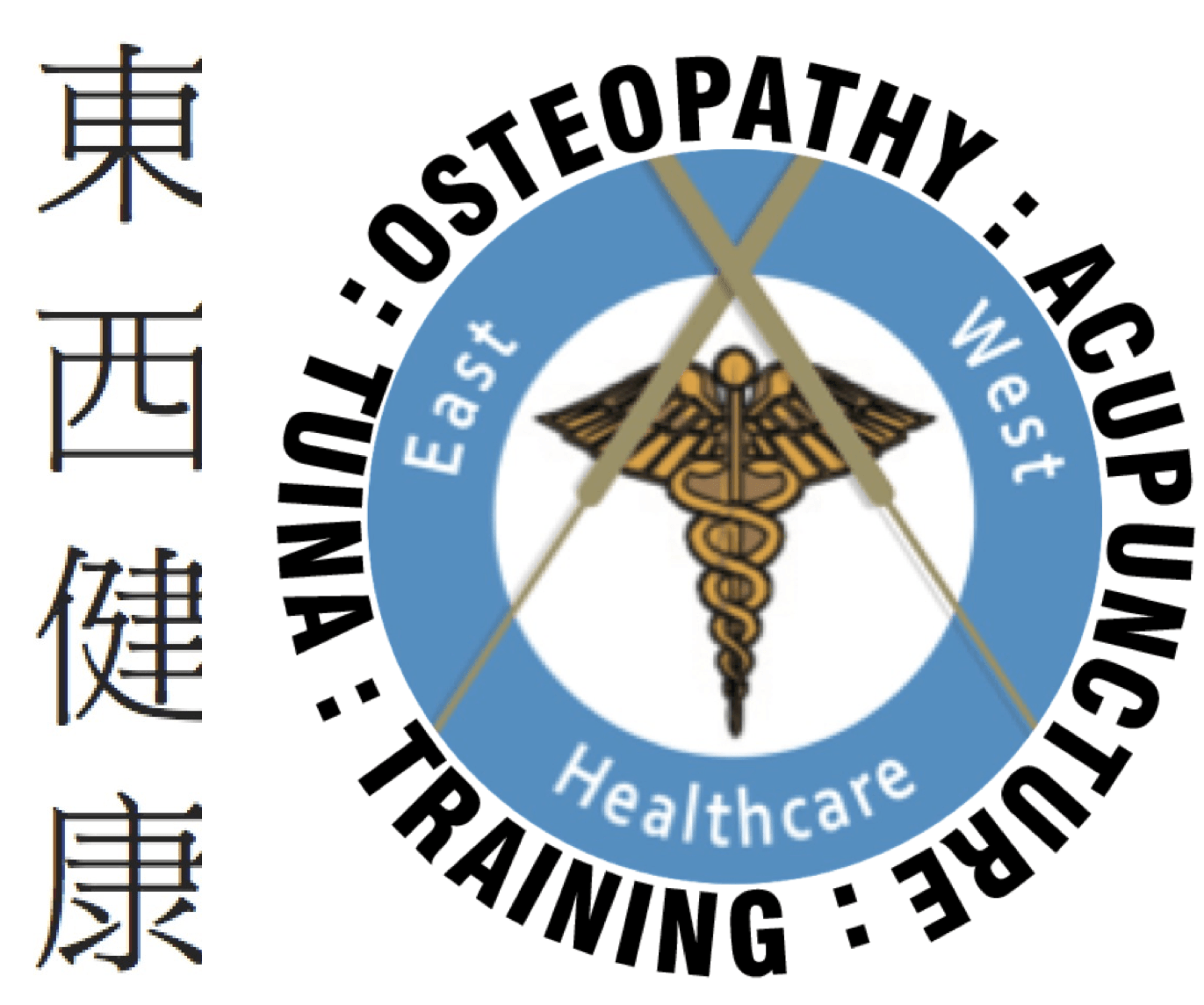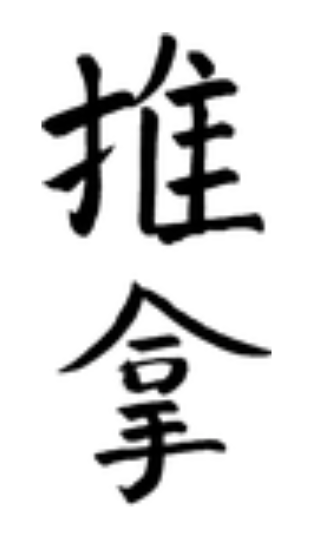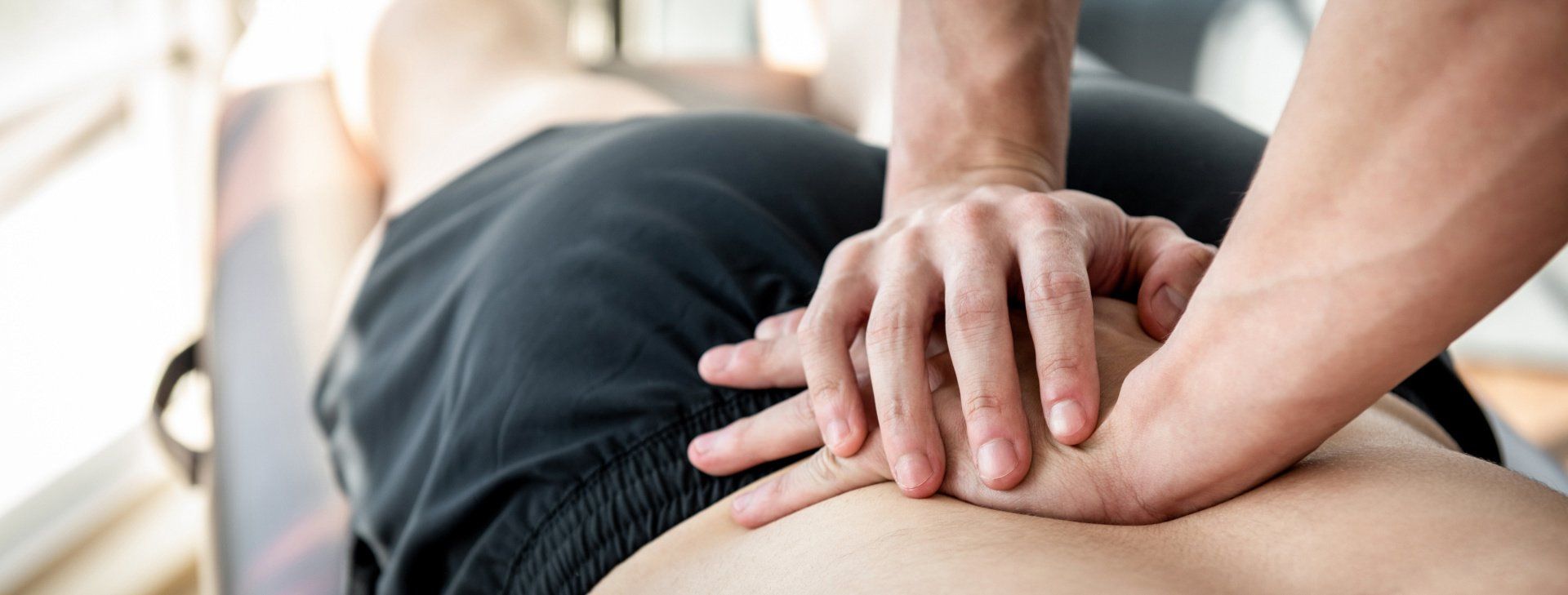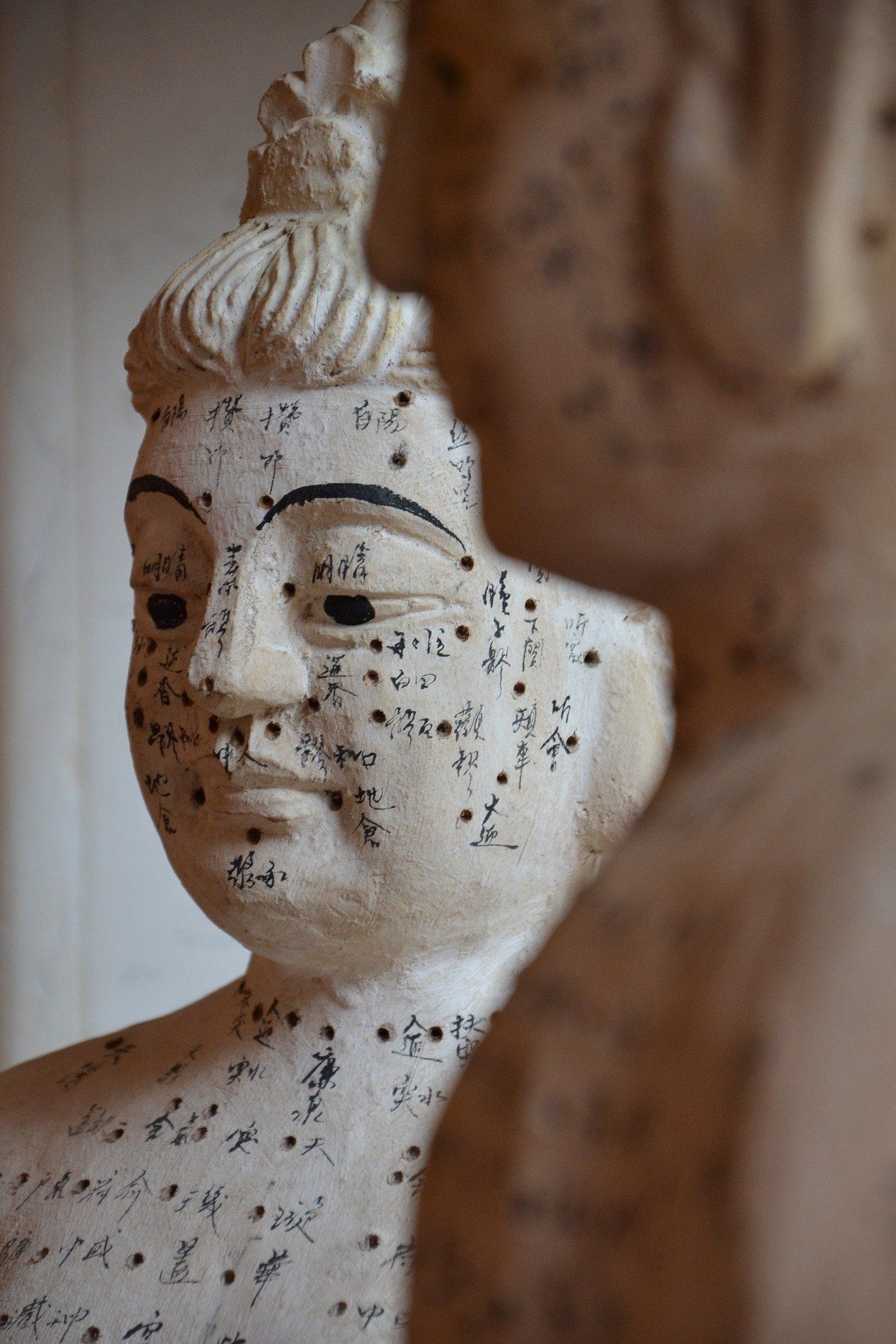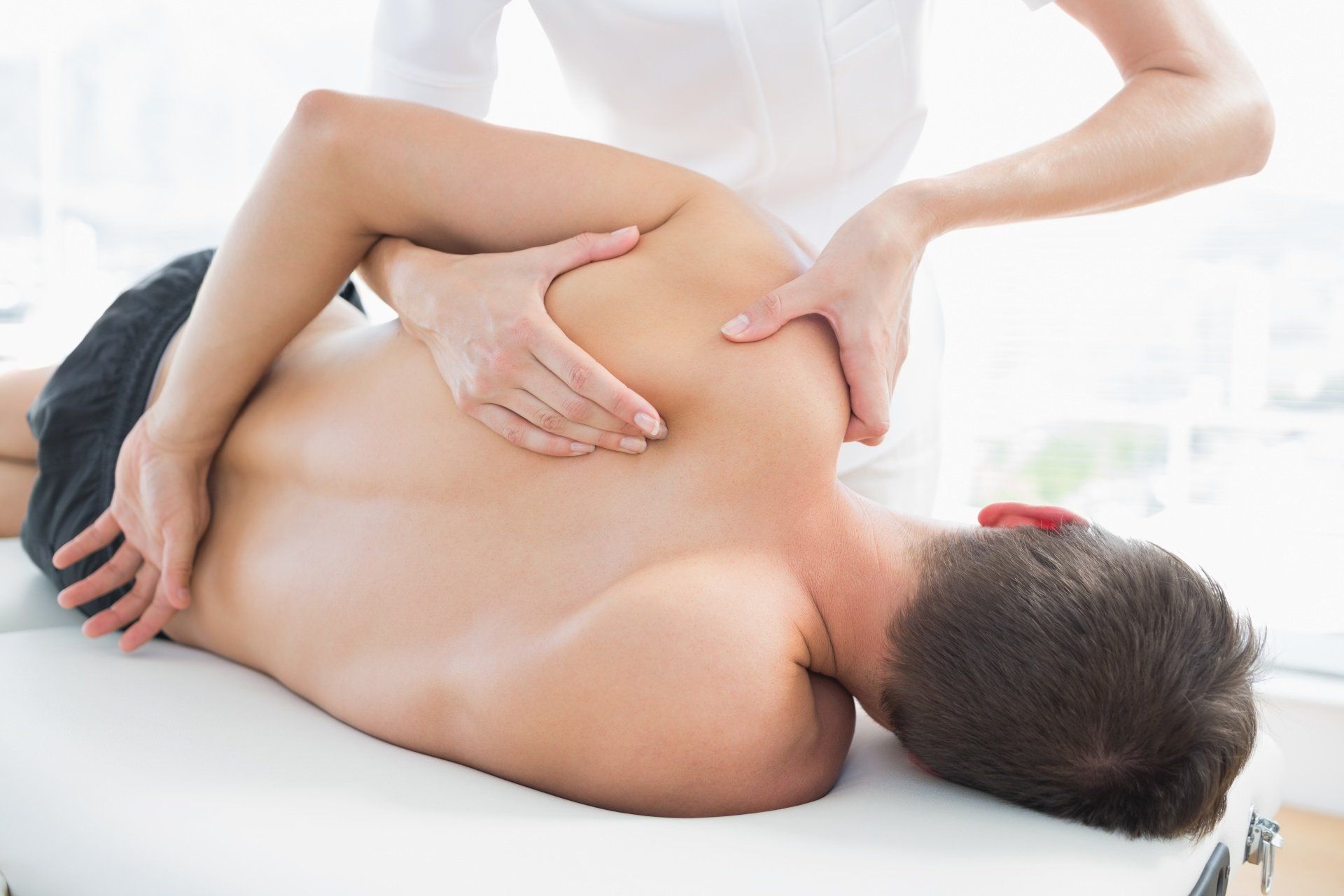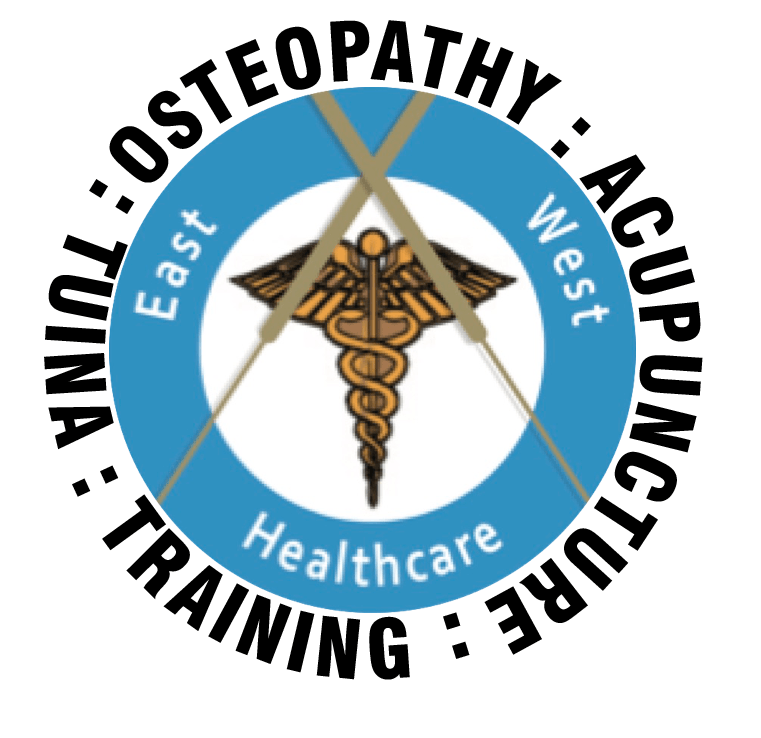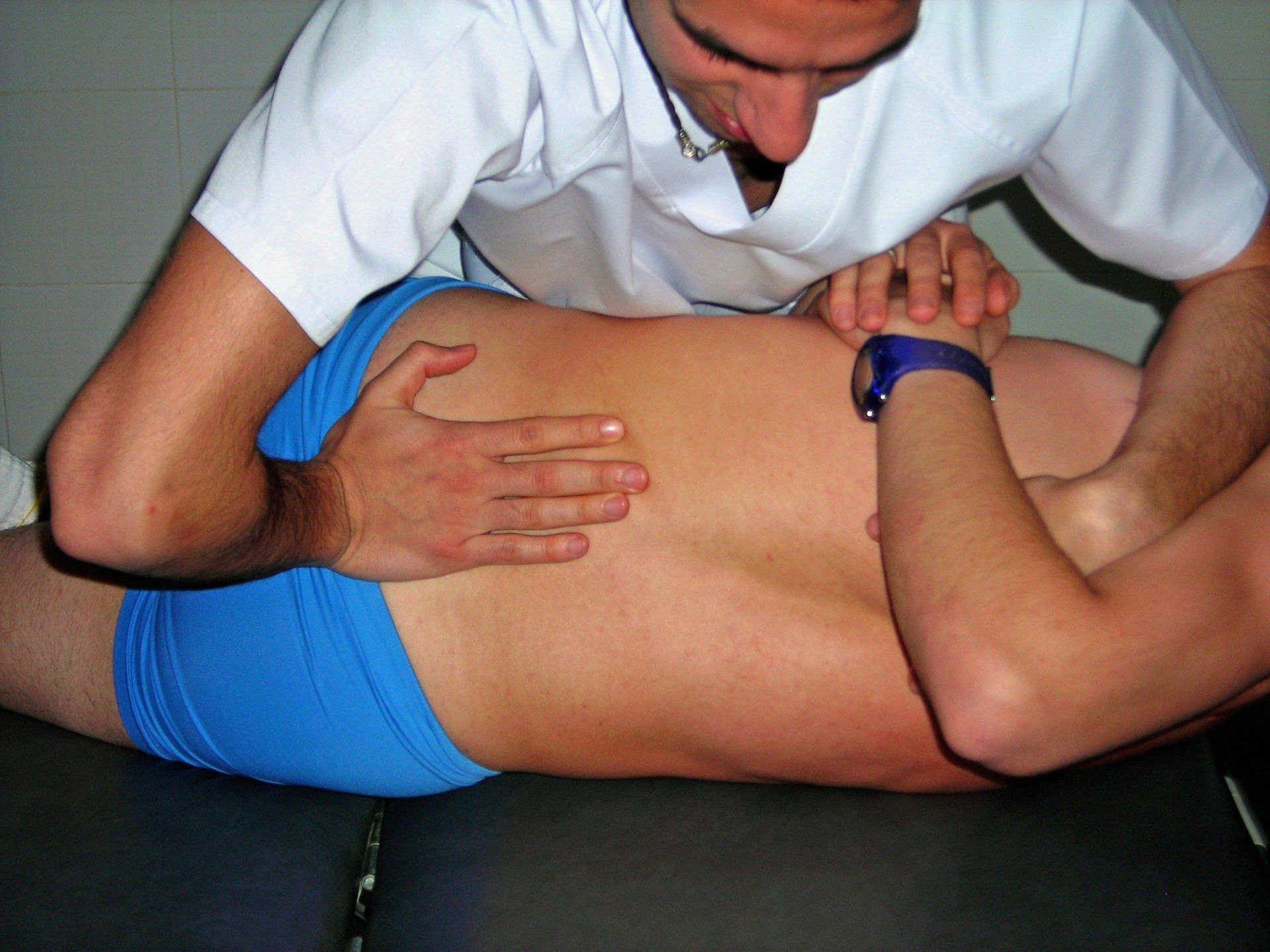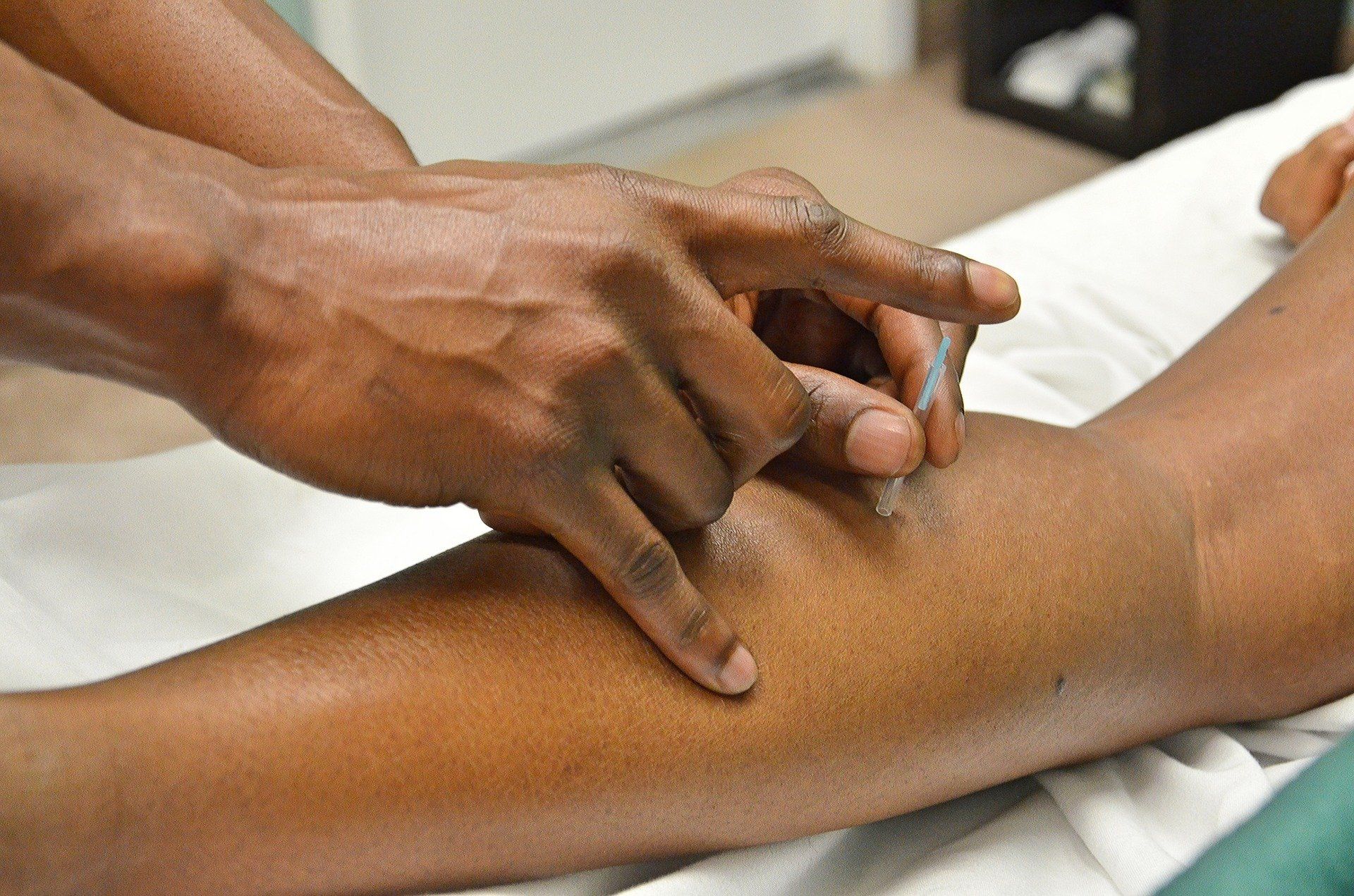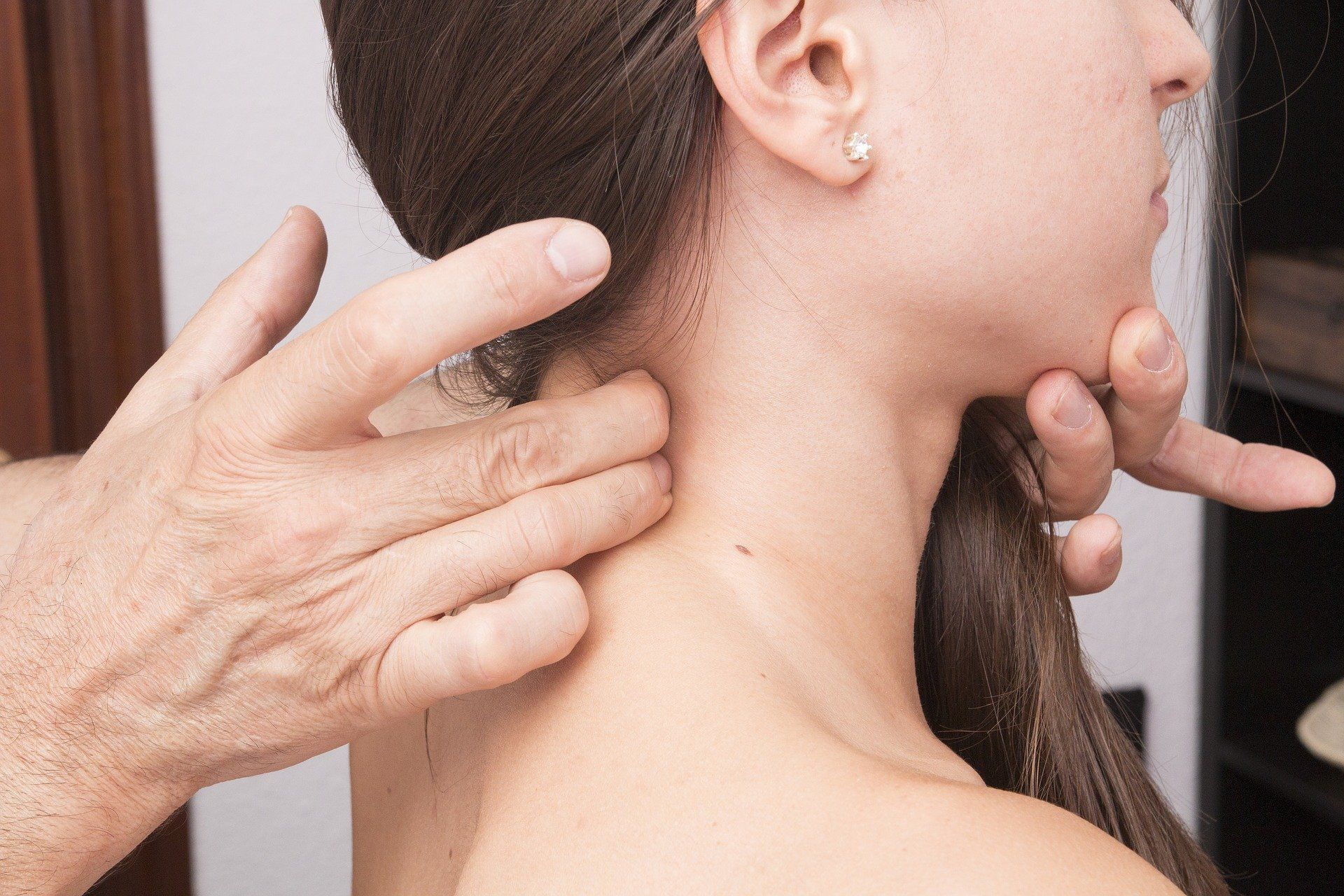Tuina Chinese Massage
Natural ways to feel good
What is Tuina
Types of Tuina
Depending on the condition being treated and the practitioner's background, the style of Tuina treatment can vary from a vigorous deep-tissue massage to a subtle energetic treatment not unlike Reiki or Cranio Sacral Therapy.
However, Tuina is more than just a massage, practitioners being skilled both at manipulating joints and muscles to relieve musculoskeletal pain and stiffness and, by utilising the points and channels used in Acupuncture, direct the flow of Qi within the body to treat deeper seated conditions.
Each practitioner will develop their own style, however Tuina techniques broadly fall into two categories - Yin and Yang - with most clinicians combining techniques from both depending on the requirements of the patient.
Yin Style - a smaller range of techniques are used, with less obvious outward physical activity - the practitioner working from a still, relaxed, centered and grounded place. The techniques are applied gently, slowly and subtly to an area, channel or point for a prolonged period of time in order to soothe, calm, sedate and nourish.
Yang Style - this is a dynamic and physically demanding style that is often practiced in the Tuina departments in hospitals in China. Points and channels are stimulated strongly until the patient feels muscle knots release and includes techniques such as mobilisation and manipulation familiar to sports massage, osteopathy and chiropractic. Techniques flow and move rhythmically from one to another - moving. warming, invigorating, dispersing, dredging and clearing.
Alex uses both Yin and Yang styles in his treatments, and also integrates them with Western orthopaedic assessment, testing and treatment. For what to expect on your first treatment, please go to our FAQs page, by clicking here.
Alex is on the Register of Tuina Chinese Massage and further information can be found on their website.
Brief History of Tuina
What is Tuina Chinese Massage?
Introduction to Traditional Chinese Medicine
Below you will find a very interesting lecture given by Dr David Miller to Harvard Medical Student explaining the principles of Chinese Medicine. Dr. David W. Miller, MD, LAc is one of the only MD physicians in the U.S. dually board certified by the American Board of Pediatrics and the National Certification Commission for Acupuncture and Oriental Medicine (NCCAOM). Dr. Miller received his Bachelor’s degree in Theoretical Mathematics from Vassar College, his M.D. from the Brown University School of Medicine, and completed his internship and residency in Pediatrics at the University of Chicago. He then completed his Master of Science in Traditional Oriental Medicine with the Pacific College of Oriental Medicine in Chicago
Lifestyle Advice
Both Traditional Chinese Medicine and Osteopathy promote a healthy lifestyle (termed Yang Shen or "Nourishing Life" in Chinese Medicine) to help combat many of the common chronic illnesses that plague society both in past and present years. As Dr Dean Ornish states in his book "UnDoIt" -
- Eat well - increasing fruit, vegetables and whole foods and minimising processed foods;
- Move more - even moderate exercise of 30 minutes a day will help offset some of the effects of inflammation - do what you love doing (since you will be inclined to maintaining it) from a simple daily walk, cycling, gym work to dancing or martial arts;
- Stress less - mindfulness techniques, meditation, yoga, Tai Qi and Qi Gong or a simple walk in nature will help ameliorate the effects of long term chronic stress and;
- Love more - for many people the loss of close family networks / structure in our modern society, has resulted in reduced contact and intimacy that can help support us in our time of need.
For some interesting advice on lifestyle medicine I have included 2 links -
A short 30 minute interview with Dr Dean Ornish regarding lifestyle medicine
A longer 90 minutes documentary on Forks (food) over Knives (surgery) - some of the science behind a healthy lifestyle
